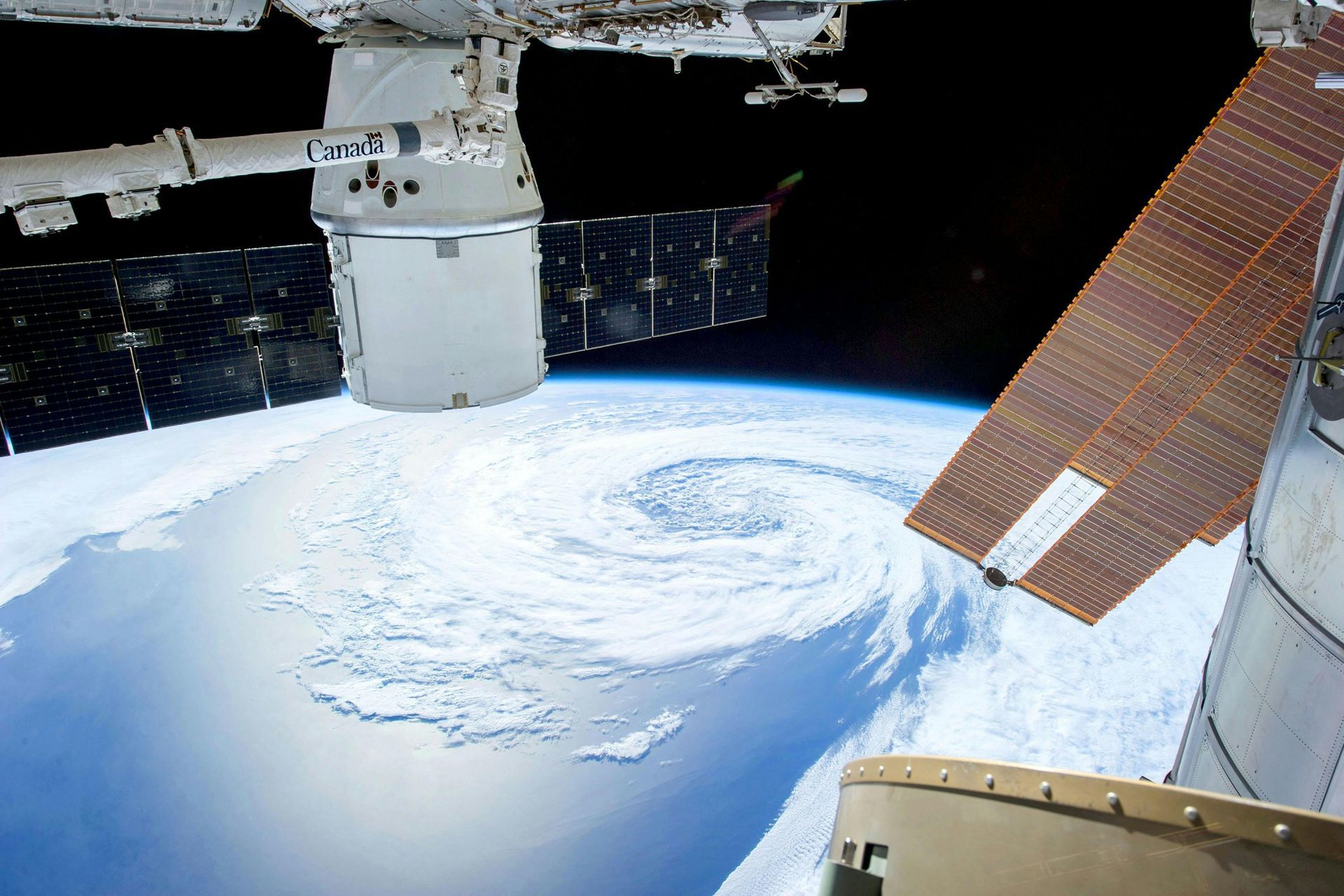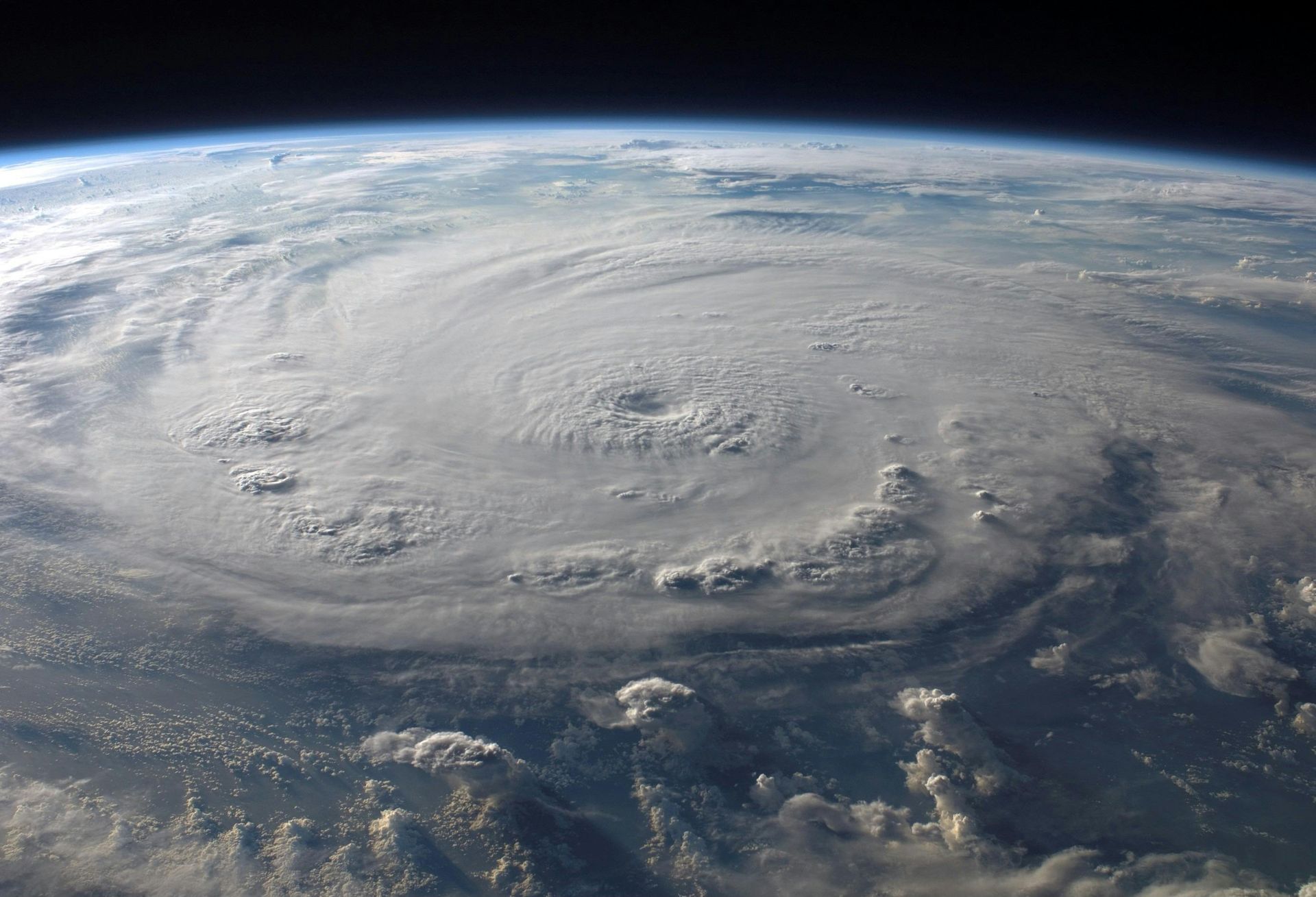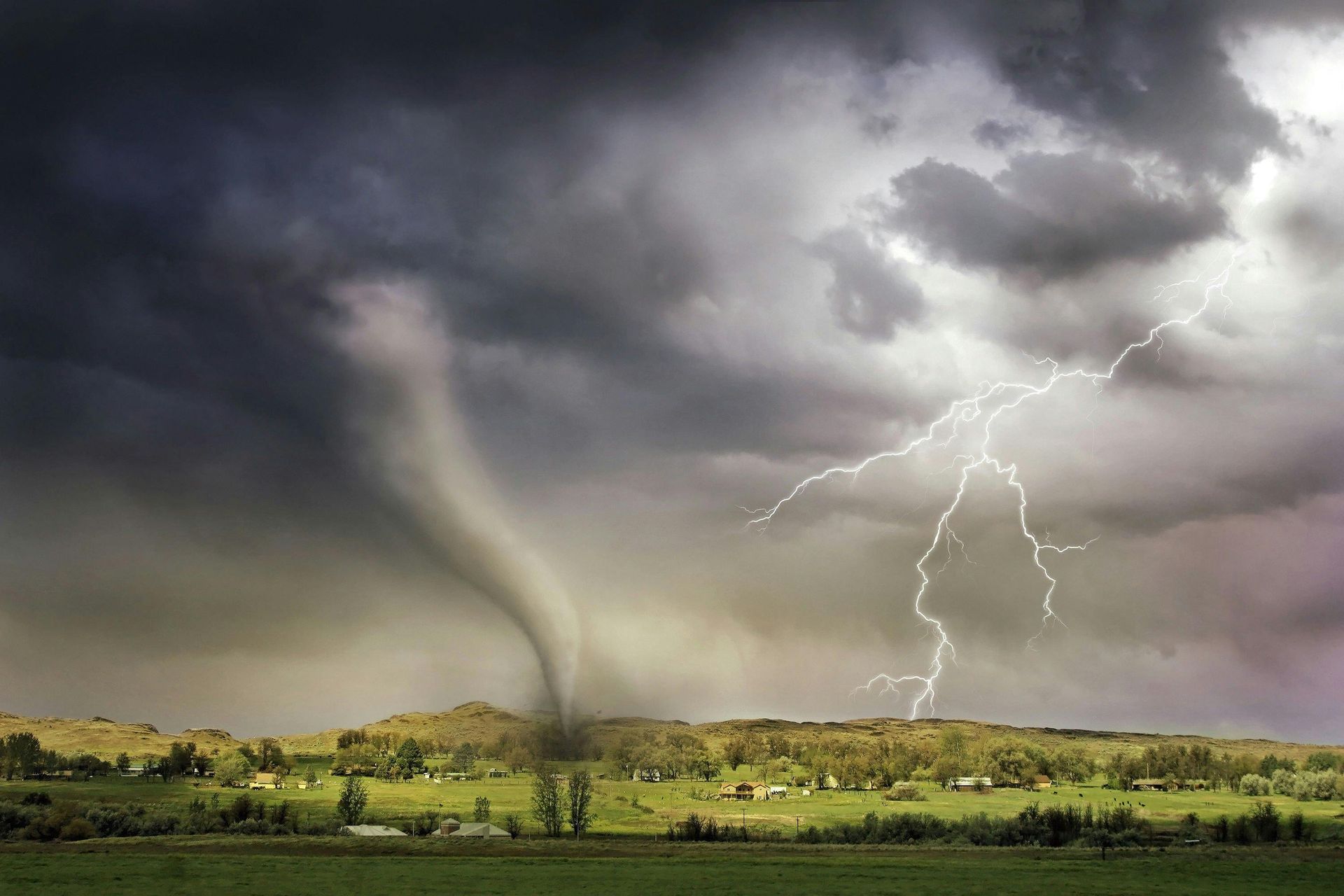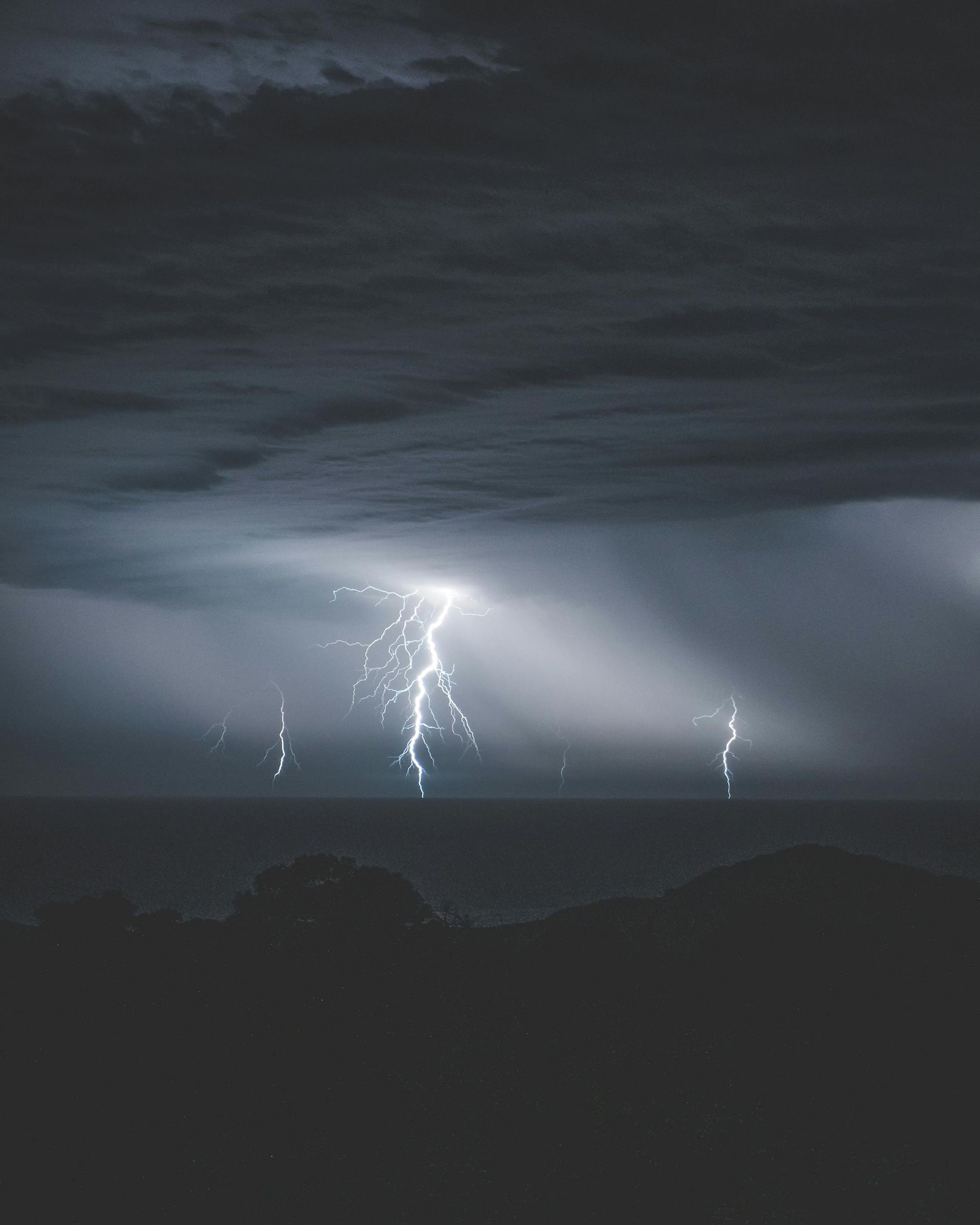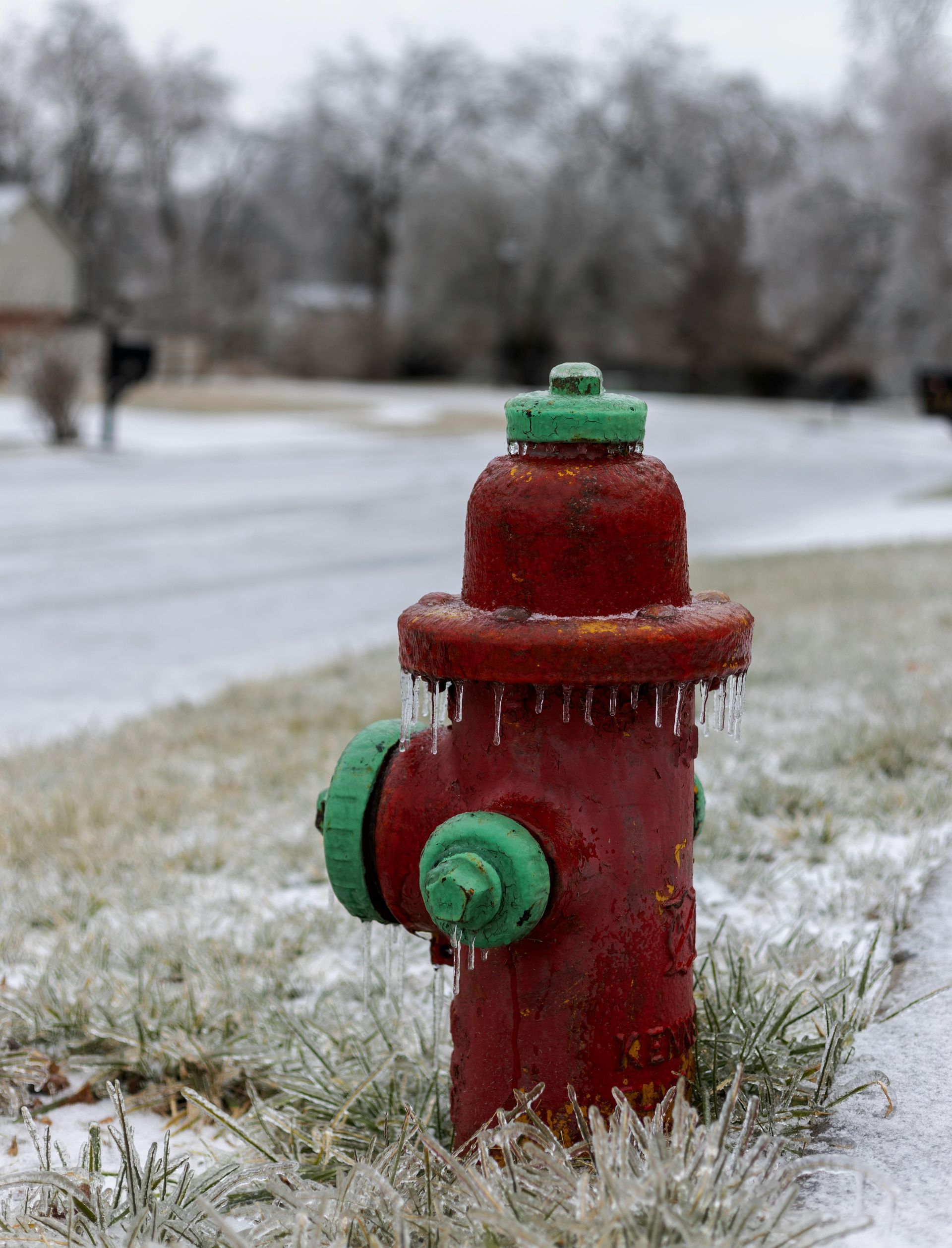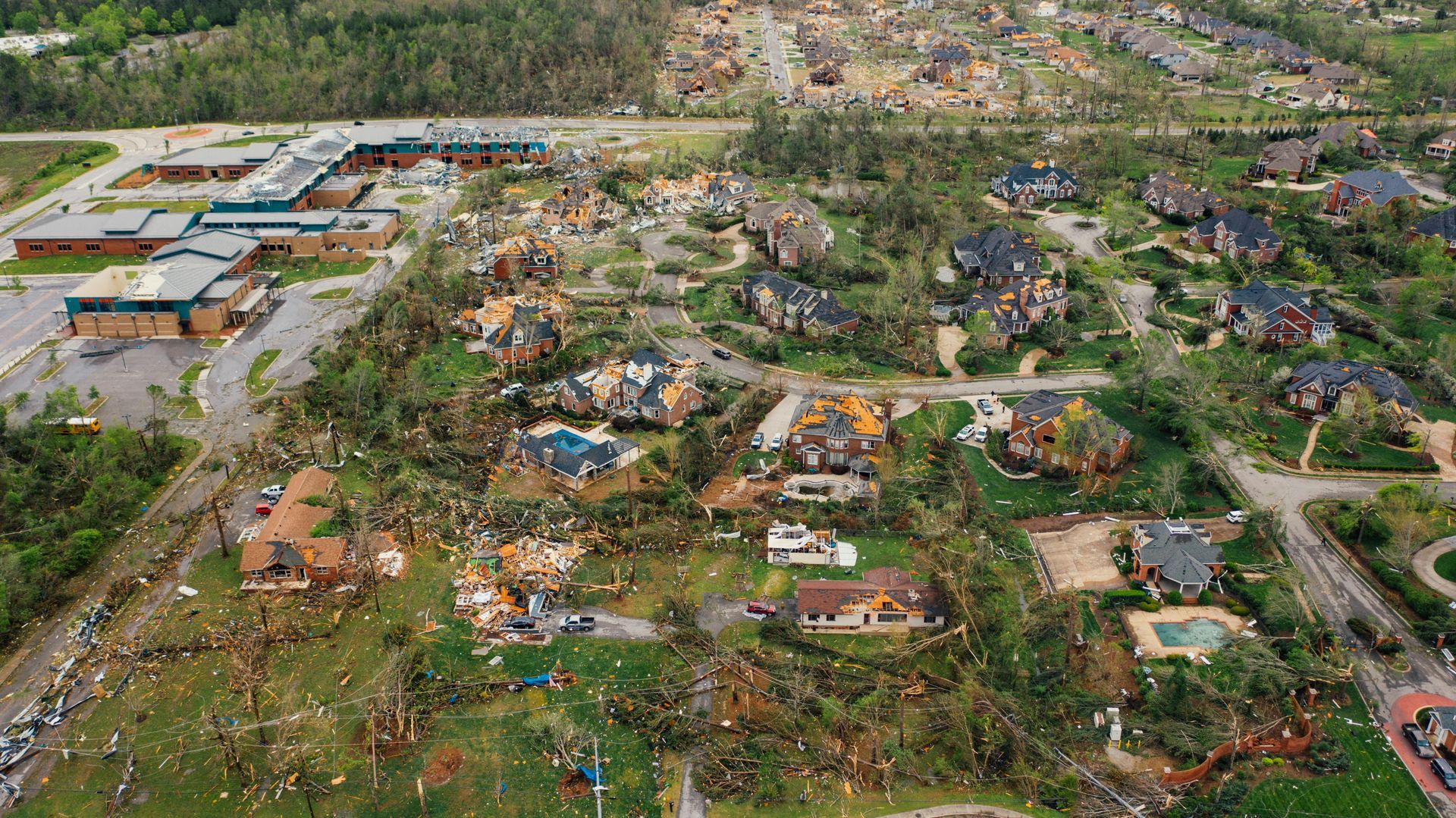How Fast Can Mold Grow After Storm Damage?
Storm damage often brings more than visible destruction; it creates the perfect conditions for hidden dangers to thrive. One of the most pressing issues homeowners face after a storm is mold growth. Mold doesn’t just cause structural damage—it can also pose serious health risks. The key to preventing mold-related problems lies in understanding how quickly it can develop and taking immediate action.
In this guide, we’ll answer your top questions about mold growth after a storm, why speed is critical, and how to protect your home and health.
What Causes Mold to Grow After a Storm?
Mold is a type of fungus that thrives in warm, damp environments. After a storm, your home may experience:
- Water Intrusion: Rainwater entering through roof leaks, broken windows, or foundation cracks.
- Flooding: Standing water in basements, crawlspaces, or low-lying areas.
- Humidity: High humidity levels caused by storm conditions and lack of ventilation.
These factors create the perfect breeding ground for mold spores, which are naturally present in the air and on surfaces. Once spores find moisture, they can begin to grow rapidly.
How Fast Can Mold Grow After Water Damage?
Mold growth can start surprisingly fast—within 24 to 48 hours of water exposure.
The Stages of Mold Growth
- Initial Spore Activation (0–24 Hours):
Mold spores absorb moisture and begin to germinate. At this stage, the growth is microscopic and invisible to the naked eye. - Rapid Colonization (24–48 Hours):
Mold spreads across surfaces, forming colonies. You may begin to notice discoloration or a musty odor. - Extensive Spread (72+ Hours):
If left unchecked, mold colonies expand, penetrating porous materials like drywall, carpets, and insulation.
The Takeaway: Mold doesn’t waste time. Addressing water damage immediately is crucial to preventing its growth.
Where Does Mold Grow After a Storm?
Mold thrives in areas where moisture lingers. After a storm, these common hotspots should be inspected:
- Walls and Ceilings: Especially near leaks or areas exposed to rain.
- Carpets and Upholstery: Fabric materials absorb water and retain it, making them ideal for mold growth.
- Basements and Crawlspaces: Flooded or damp areas with poor ventilation.
- HVAC Systems: Ductwork and filters can harbor mold if exposed to humidity.
- Behind Cabinets and Appliances: Hidden leaks or condensation can lead to unnoticed mold colonies.
Tip: Mold can grow on almost any material, including wood, drywall, paper, and even concrete if moisture is present.
Why Is Mold a Serious Problem?
Mold isn’t just an unsightly nuisance—it can have far-reaching consequences for your property and health.
1. Health Risks
Mold releases spores and allergens into the air, which can cause:
- Respiratory problems, including asthma and difficulty breathing.
- Allergic reactions like sneezing, runny nose, and itchy eyes.
- Skin irritation or rashes.
- Long-term exposure risks, especially for individuals with compromised immune systems.
2. Structural Damage
Mold breaks down organic materials, weakening structures over time. For example:
- Drywall becomes brittle and loses integrity.
- Wooden beams or floors can rot and warp.
- Insulation loses its effectiveness, leading to energy inefficiency.
3. Financial Costs
The longer mold is left untreated, the more expensive the remediation process becomes. Advanced mold infestations may require:
- Replacing affected materials.
- Specialized cleaning techniques.
- Extended restoration timelines.
How to Prevent Mold Growth After Storm Damage
1. Act Immediately
The faster you address water damage, the lower the risk of mold growth. Steps to take immediately include:
- Remove Standing Water: Use pumps or wet vacuums to eliminate water from floors and basements.
- Dry Out Affected Areas: Open windows, use fans, and run dehumidifiers to reduce moisture.
2. Identify Hidden Moisture
Mold often grows in areas you can’t see. Professional restoration teams use tools like:
- Moisture Meters: Detect moisture in walls, ceilings, and floors.
- Thermal Imaging: Identifies temperature changes indicating damp areas.
3. Clean and Disinfect
Use mold-inhibiting cleaners on surfaces exposed to moisture. Pay extra attention to:
- Carpets and rugs.
- Furniture and upholstery.
- Non-porous surfaces like tile and metal.
Tip: Porous materials that have been saturated for more than 48 hours often need to be discarded.
When to Call in Professionals
DIY cleanup can only go so far. For extensive water damage or visible mold growth, professional help is essential. Here’s why:
- Expertise: Professionals can identify and treat hidden mold growth effectively.
- Specialized Equipment: Industrial dehumidifiers, air scrubbers, and HEPA filters ensure thorough drying and cleaning.
- Mold Remediation Certification: Certified specialists follow industry standards to safely remove mold and prevent its return.
Example: After a storm, a homeowner notices a musty smell but no visible mold. A professional restoration team uses thermal imaging to locate moisture behind the walls, preventing a larger mold problem from developing.
How Disaster South Can Help
At Disaster South, we specialize in fast, reliable storm recovery and mold remediation. Our services include:
- Comprehensive Inspections: Identifying water damage and mold in every corner of your property.
- Advanced Drying Techniques: Using state-of-the-art equipment to eliminate moisture quickly.
- Safe Mold Removal: Containing and removing mold colonies to protect your home and health.
- Preventative Measures: Applying mold-resistant treatments to reduce future risks.
When it comes to storm damage and mold growth, waiting is not an option. Call us at 877-84-STORM to get the help you need today.
Final Thoughts: Time Is of the Essence
Mold growth after a storm is a race against the clock. Within just 24 hours, your property can become a breeding ground for this invasive fungus, leading to health risks, structural damage, and financial burdens. The best way to protect your home and loved ones is by acting quickly.
At Disaster South, we’re here to help you every step of the way. From water extraction to mold remediation, our team has the expertise and tools to restore your property and peace of mind.
Don’t wait until mold becomes a bigger problem. Contact Disaster South today to ensure your home is safe, clean, and ready for the future.



